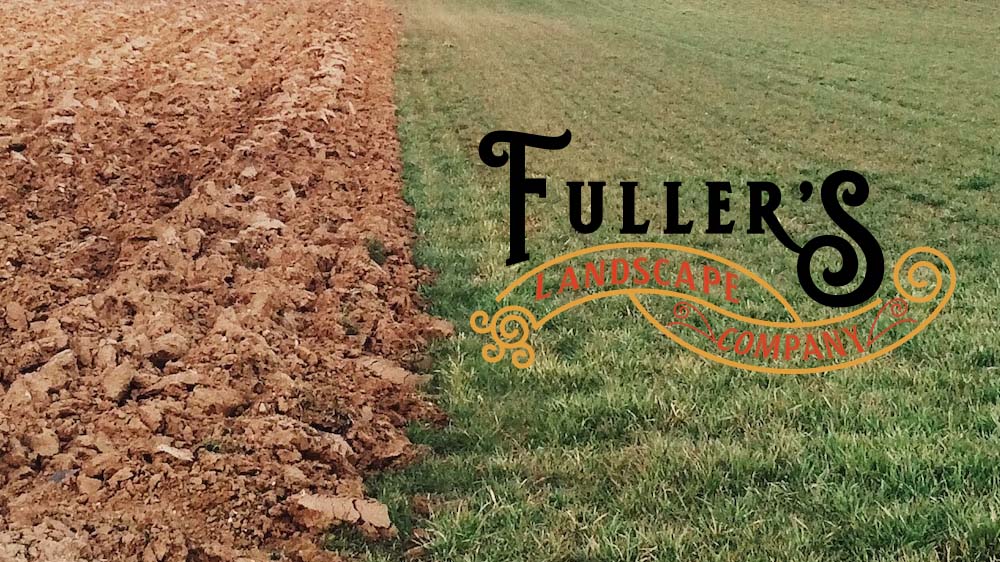
Hire Fuller’s Landscape now to help you complete a wildfire damage assessment in Kelowna
A wildfire damage assessment in Kelowna can be necessary especially, after the end of August 2023. Wildfires can wreak havoc on properties, causing extensive damage to structures, vegetation, and soil. Understanding the aftermath of a wildfire is crucial in determining the scope of the damage and planning necessary steps for restoration and recovery.
Fullers Landscaping in Kelowna will help you to assess structural fire damage
One of the primary areas of concern after a wildfire is assessing the structural damage to buildings, homes, and other constructions on your property. The intense heat from a wildfire can compromise the integrity of various materials, such as wood, metal, and even concrete.
- Exterior Surfaces: Inspect exterior walls, roofs, windows, and doors for signs of heat damage, charring, or melting. Structural components may have weakened due to exposure to extreme temperatures.
- Foundation and Infrastructure: Assess the foundation for cracks, warping, or other forms of damage that may compromise the building’s stability. Check utilities such as electrical systems, plumbing, and gas lines for any hazards or malfunctions.
- Interior Damage: Even if the exterior seems intact, the interior might have suffered smoke or heat damage. Evaluate the condition of walls, ceilings, and floors for signs of structural compromise or safety risks.
Fullers Landscaping in Kelowna will help you to complete a vegetation assessment
The impact of a wildfire on vegetation is often profound, affecting not only the aesthetic appeal of your landscape but also the ecological balance of the area.
- Tree Health: Inspect trees for signs of stress, such as scorched bark, wilting foliage, or weakened branches. Determine if any trees are beyond recovery and pose a safety risk.
- Shrubs and Plants: Evaluate the condition of shrubs, flowers, and other plants. Some may have survived the fire but could still exhibit damage, while others might need complete replacement.
- Soil Health: Wildfires can significantly alter soil composition and structure. Conduct soil tests to assess nutrient levels, pH, and overall health, as this information will be vital for re-establishing vegetation.
Soil assessments should be arranged to help you start planning
The impact of wildfire on soil can be multifaceted, affecting its fertility, structure, and ability to support healthy plant growth.
- Erosion Risk: Examine the soil for signs of erosion, as wildfires can leave the land vulnerable to erosion due to the loss of vegetation and the altered physical properties of the soil.
- Soil Composition: Test the soil to understand changes in its composition caused by the fire. This includes assessing organic matter, nutrient levels, and potential contaminants.
- Rehabilitation Needs: Identify the necessary steps for soil rehabilitation, such as erosion control measures, adding organic matter, or using soil amendments to restore fertility.
Planning Your Landscape Recovery
Armed with a comprehensive assessment of the wildfire damage, you can now make informed decisions about your landscaping project’s scope and prioritize necessary actions.
- Prioritize Safety: Address immediate safety concerns, such as securing structurally compromised areas and removing hazardous debris.
- Restoration Strategy: Develop a plan for restoring your property’s landscape, including selecting appropriate plant species, implementing erosion control measures, and restoring soil health.
- Professional Assistance: Consider consulting with landscape architects, soil specialists, and contractors experienced in wildfire recovery. Their expertise can guide you through the restoration process efficiently.
- Long-Term Maintenance: Plan for ongoing maintenance to ensure the sustainability and resilience of your landscape. This includes regular monitoring, watering schedules, and potential adjustments based on the evolving conditions.
Assessing the damage caused by a wildfire is an essential first step towards restoring your property.
By evaluating structural, vegetation, and soil damage, you gain a comprehensive understanding of the impact and can develop a strategic plan for rehabilitation. Remember, seeking professional guidance and taking proactive measures are key to a successful landscape recovery after a wildfire.
Your property’s recovery journey might be challenging, but with a thorough assessment and a well-thought-out plan, you can rebuild and restore your landscape to its former beauty while prioritizing safety and ecological health.
Get in touch with us today if you want to learn more about landscaping your home post-wildfire in West Kelowna or Kelowna. We’re here to help you get safely on your way.
